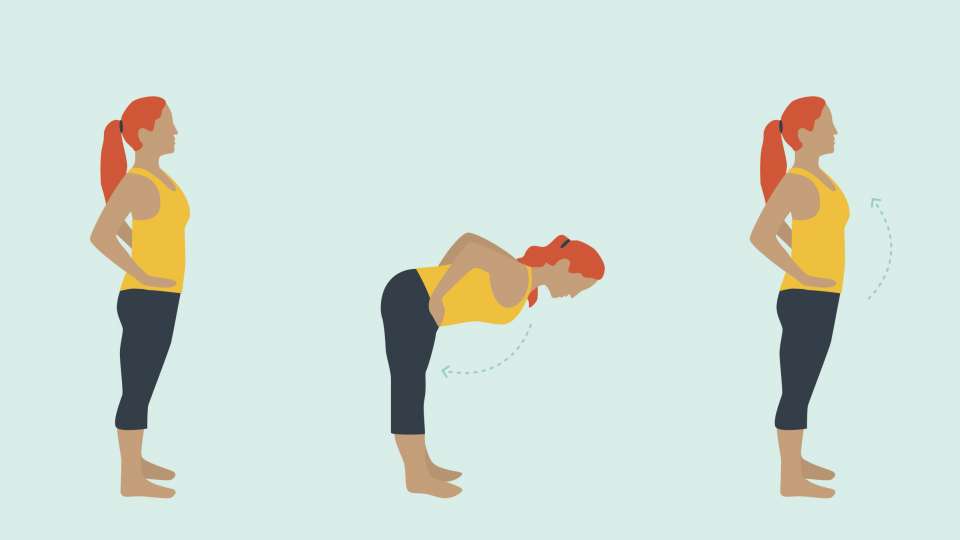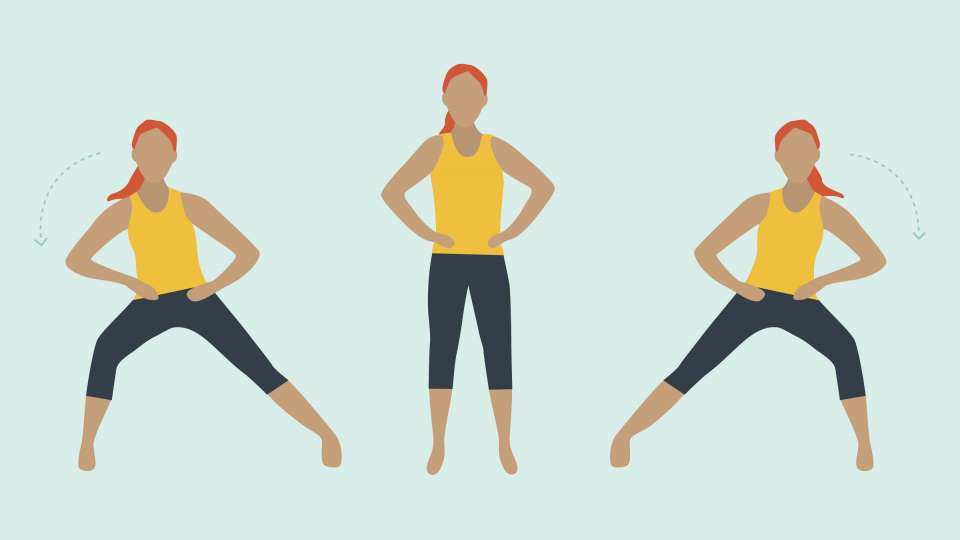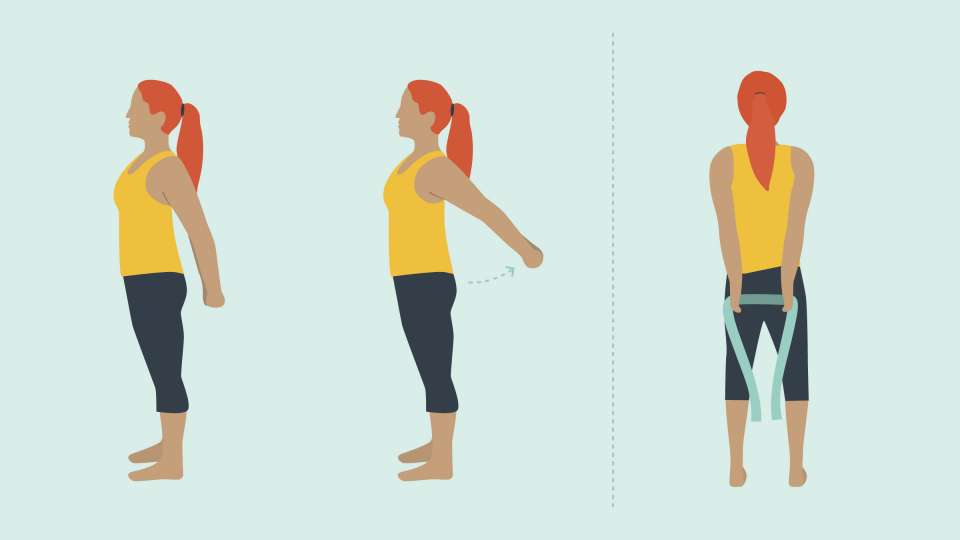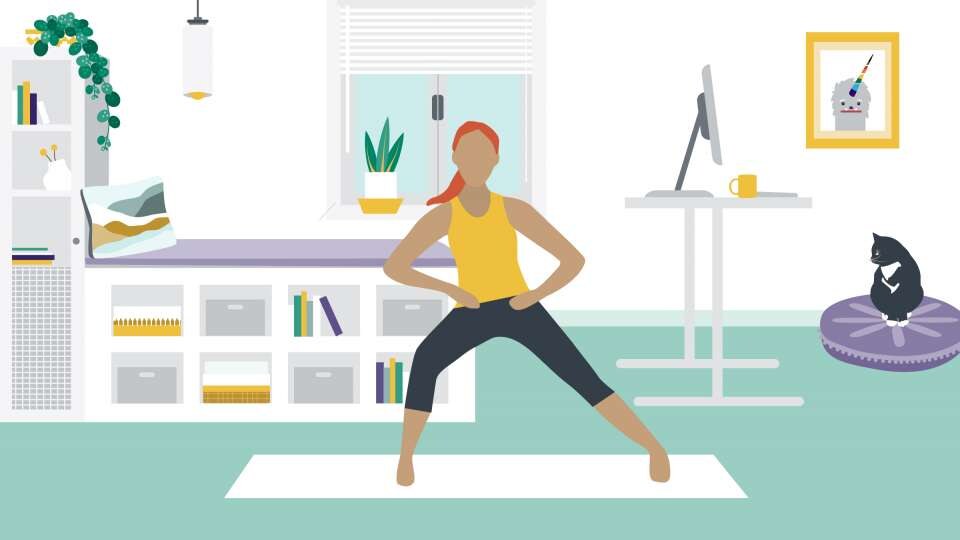Warm up: A Smart start to your workout
- Warming up before exercise increases blood flow to your muscles and raises your body temperature.
- This can improve your performance and decrease your risk of injury.
- To warm up before you work out, do low-intensity exercise for five to 10 minutes.
- Try activities like walking, jogging or jumping jacks.
- Instead of static stretches, do dynamic stretches, which get your body moving.
This winter, whether you’re determined to workout outside even when it’s freezing or want to stick to the comfort of your at-home gym (aka your living room, bedroom or garage), there’s one important step before you start: your warmup.
Dr. Alison Putnam, a physician at the Sports Medicine Clinic at Ballard, explains how to effectively warm up for exercise — and why it’s so important to get your muscles warm before you work out.
How to warm up
While “warming up” might incite thoughts of reheating leftovers in the microwave, it also refers to getting your body ready for exercise.
“When you warm up, you’re working on improving blood flow to muscles and warming up muscle tissue,” says Putnam. “You usually want to do some form of low-intensity work that prepares you for the exercise you’re going to do.”
For instance, if you’re planning on going for a run, a low-intensity exercise that would properly warm you up is a slow jog. If you’re doing a strength workout such as weightlifting or Pilates, start with some jumping jacks to increase the blood flow to your muscles.
Other low-intensity warmups include going for a quick walk, pedaling on a bike, doing a few pushups or moving through some yoga poses.
Think of your warmup activity as movement that sightly elevates your heart rate and gets you working up a light sweat (as my favorite workout instructor calls it, “that glazed doughnut look”).
“Aim to warm up for around five to 10 minutes before you start your workout,” adds Putnam.
The dos and don’ts of stretching
If you were taught to do static stretches — where you sit and hold a stretch for what feels like minutes on end — before working out, try dynamic stretching instead.
“Static stretches are not helpful before you work out,” says Putnam. “Dynamic stretching is better for warming up because it’s a stretch that involves motion.”
Three dynamic stretches that she suggests incorporating into your warmup routine:
Hamstring. To loosen up the back of your legs, stand with your feet on the ground and hinge at your hips, slowly bending over and then standing back up. Your legs should be straight, but don’t lock your knees.
Adductor. To loosen up the inside of your legs, walk your feet out into a wide stance with your feet facing forward and slowly lunge from side to side. Your knee should not go past your toes each time you lunge.
Chest and arms. To warm up your arm and chest muscles, grasp your hands behind your back and while keeping your arms straight, slowly raise your clasped hands up and back down. If you can’t reach your hands, use a strap to connect your hands behind your back. 
Do each dynamic stretch for 30-60 seconds. Then, do some low-intensity work for a few minutes and get going on your workout.
Why warming up is important
The benefits of warming up go far beyond looking like a glazed doughnut.
“Increasing your blood flow and the temperature of your muscles can increase your range of motion and decrease stiffness, which we think can contribute to decreased injury,” says Putnam.
While results from studies that look at whether or not warming up reduces the risk of injury are somewhat inconclusive, the majority of evidence is in favor of warming up before exercise to decrease the risk of injury.
And with good reason: Jumping (literally) right into your workout without warming up your muscles is like trying to stretch a frozen rubber band. It’s more likely to snap or break, whereas a warm rubber band is stretchy and flexible.
“We also think that warming up can improve your performance,” adds Putnam.
Studies show that elevating your body temperature during a warmup increases the sensitivity of nerve receptors as well as the speed of nerve impulses. In other words, it gets your whole body — mind, muscles, nerves — turned on so that you’re ready to go and give it your best during your workout.
On top of all that, Putnam notes how a good warmup and workout can improve your mental health, too.
“Warming up and exercise in general increases your relaxation and concentration, which is helpful — especially during a pandemic.”
Even more reason to include a warmup before your next workout




